In the vast realm of metallurgy, stainless steel stands out as a marvel of modern engineering. Stainless steel, a cornerstone of modern construction and design, has evolved over the years to cater to diverse needs. Today, we'll explore the intricacies and processes base of stainless steel decorative finishes, focusing on the foundational prerequisites and the diverse classifications within the 304 seriest, a popular and versatile category within the stainless steel family. By understanding the subtle differences and unique applications of these sub-categories, we can better appreciate the versatility and significance of stainless steel in our daily lives.
304 stainless steel is the most common type of stainless steel. It's also referred to as 18/8 stainless steel, which means it contains over 18% chromium and over 8% nickel. It is widely used in the industrial sector, home furnishing and decoration, and the food and medical industries. Apart from the standard type, there are many extended models to adapt to various scenarios, such as the low-carbon stainless steel 304L for welding, the nitrogen-enhanced stainless 304N to increase steel strength, and the high-temperature stainless steel 304H for high-temperature environments.
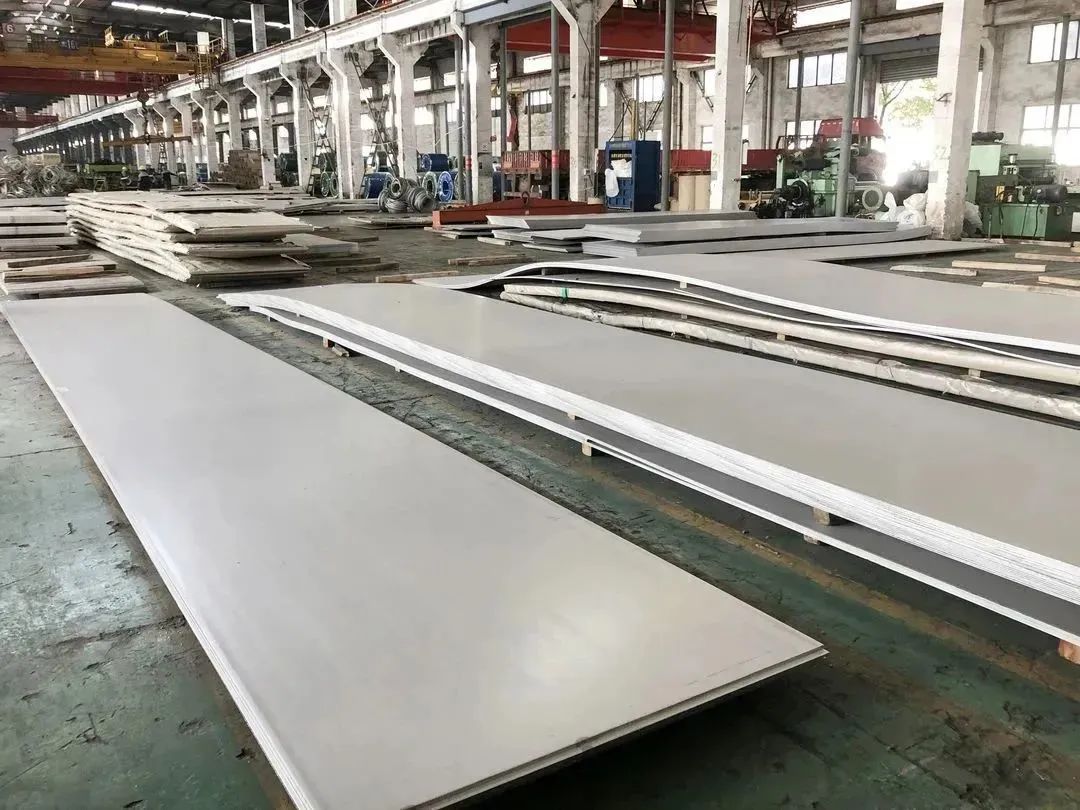
304 stainless steel has different standards in various countries:
Chinese Standard: 06Cr19Ni10
American Standard: ASTM304
European Standard: 1.4301
Japanese Standard: SUS304
Firstly, the naming conventions differ. Secondly, the elemental content varies slightly. The chromium content in Chinese and Japanese standards ranges between 18%-20%, and the nickel content is between 8%-10.5%. In American and European standards, the chromium content is between 17.5%-19.5%, and the nickel content is between 8%-10.5%. The main difference lies in the chromium content requirements; for American and European standards, as long as the chromium content reaches more than 17.5%, it meets the standard.
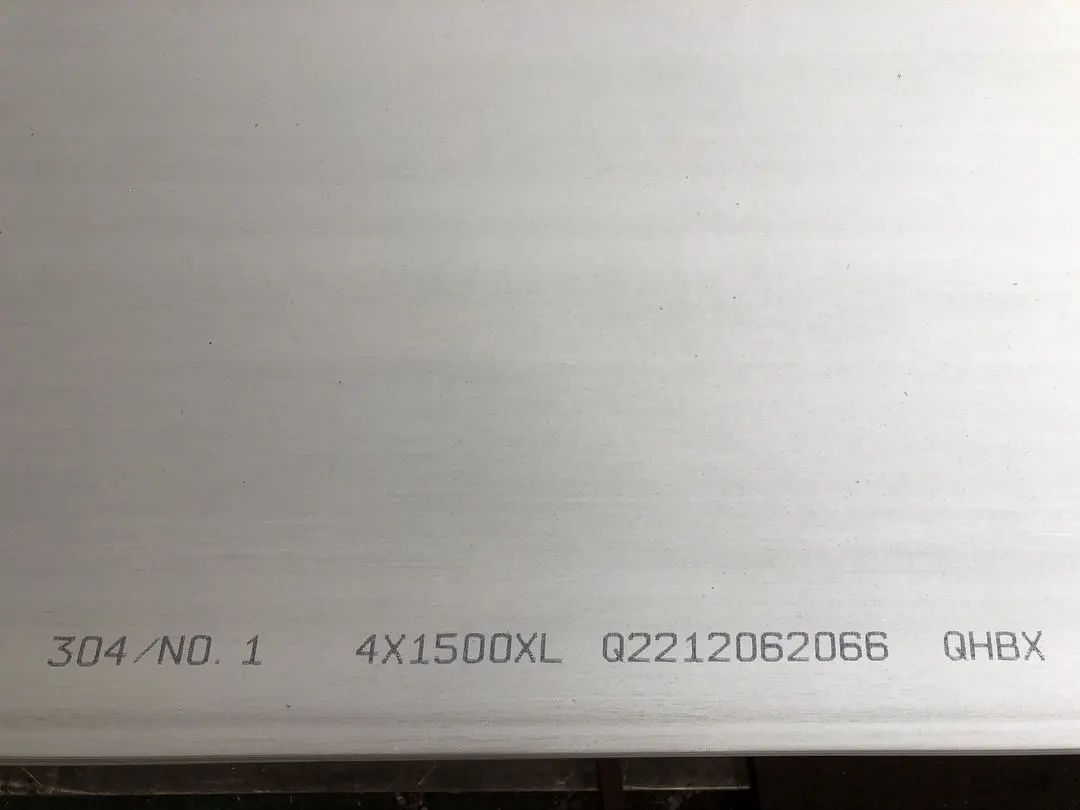
Another variant of 304 stainless steel is S30408, which has the same grade as 304. The difference lies in the production standard. S30408 is produced according to the GB-T 24511-2017 standard for stainless and heat-resistant steel plates and strips used in pressure equipment.
The Chinese standard for 304L stainless steel is S30403. It is essentially a super low-carbon version of 304 stainless steel. The reduced carbon content results in better corrosion resistance and welding performance. The carbon content of 304L stainless steel is reduced to below 0.03%. This not only enhances the corrosion resistance of stainless steel but also improves the sensitization and intergranular corrosion caused by carbide precipitation in 304 stainless steel between 450℃-860℃. The carbides precipitated in the heat-affected zone near the weld of 304L stainless steel are minimized, which marginally improves the intergranular corrosion resistance of stainless steel and extends the service life of stainless steel welds. Moreover, the ductility of 304L stainless steel is better than that of 304 stainless steel, so it can replace 304 in many cases. Of course, the price of 304L is relatively higher. Though its price point is slightly higher, often by about $30 per ton compared to 304, its benefits in specialized applications justify the cost.
304N stainless steel has basic characteristics similar to 304 stainless steel, but it is a nitrogen-enhanced stainless steel. Nitrogen is added to increase the strength of stainless steel, so 304N stainless steel is generally used in places with higher cold-forming requirements.
304H stainless steel is the high-carbon version of 304, known by the Chinese standard as S30409. It offers better high-temperature strength and oxidation resistance. The 'H' in 304H stands for high temperature, and the high carbon content guarantees high-temperature strength. The carbon content of 304H stainless steel is not less than 0.04%.
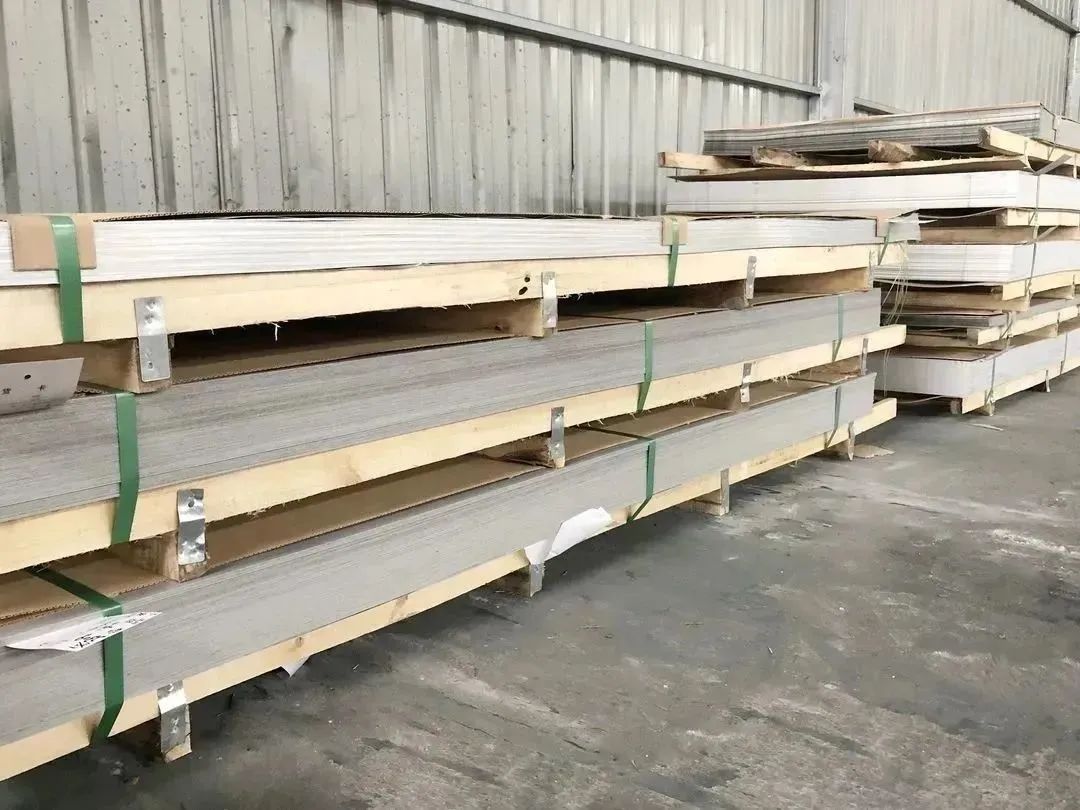
304F stainless steel is somewhat similar to 304 stainless steel. The difference lies in the sulfur content. The sulfur content of 304F stainless steel is 0.03%, while that of 304 stainless steel is 0.001%. 304F stainless steel has better machinability than 304 stainless steel, but its corrosion resistance is slightly inferior to 304 stainless steel.
304D stainless steel is not part of the 304 stainless steel material. Firstly, the chromium and nickel content differs. 304D stainless steel contains 2.8% nickel, 18% chromium, and 7% manganese. Secondly, its corrosion resistance is different; 304D stainless steel has inferior corrosion resistance compared to 304 stainless steel. Thirdly, the prices differ; 304D stainless steel is cheaper than 304 stainless steel.
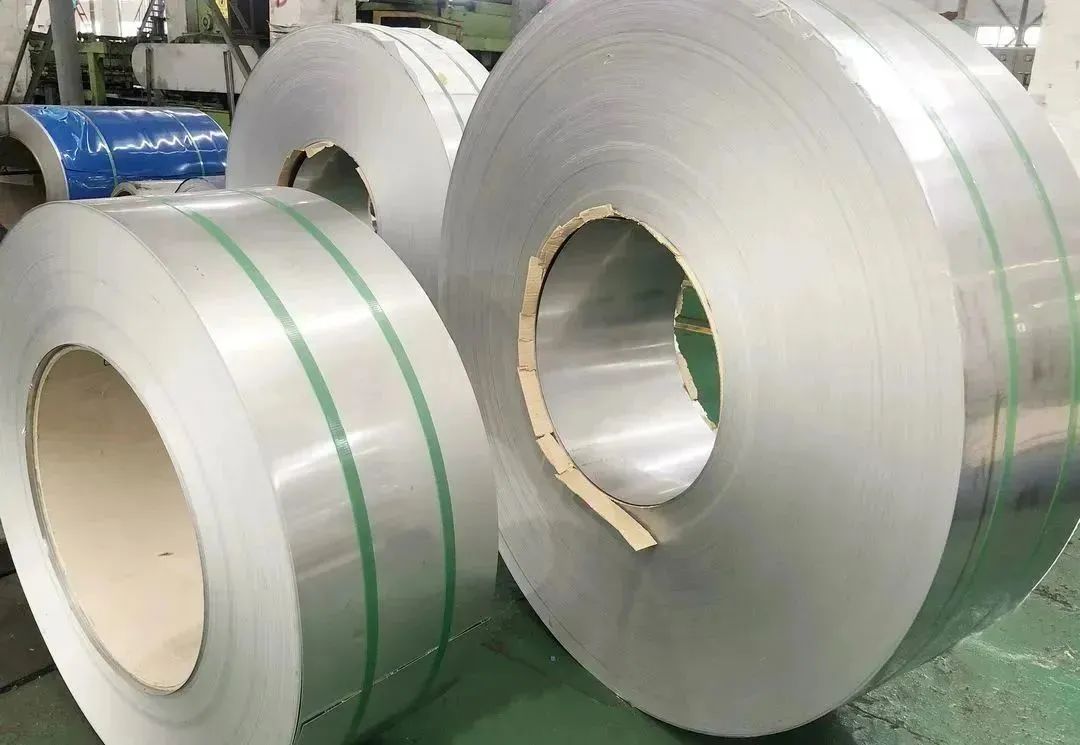
The 304 series, while globally recognized, sees varied market dynamics. While the core 304 variant is ubiquitous, its subtypes, like 304F and 304N, often require direct engagements with steel mills, ensuring bespoke quality and specifications.
Stainless steel, with its long lifespan and recyclability, plays a pivotal role in sustainable construction. The 304 series, given its widespread use, significantly contributes to eco-friendly initiatives, reducing the carbon footprint of many projects.
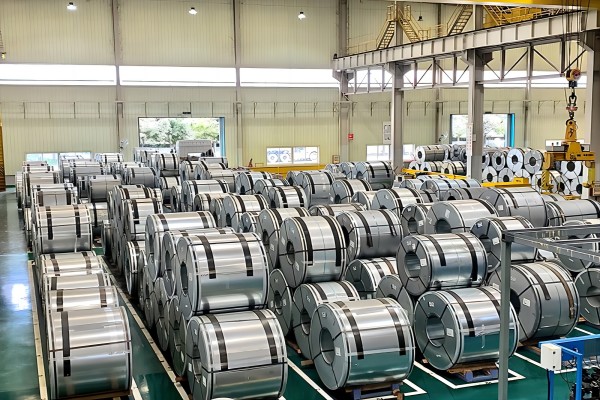
With continuous research, the 304 series is poised for further diversification. Innovations in alloying techniques and a push for greener production methods hint at an exciting future for this stainless steel category.
The 304 series, with its rich history and diverse subtypes, stands as a testament to human ingenuity. At X Metal, our partnerships with industry steel mill leaders like Aoxing, Yongjin, Tisco, and Posco ensure we remain at the forefront of these innovations. Whether you're seeking the stainless steel decorative finish with tried-and-tested 304 or a specialized variant, our collaborations guarantee unparalleled quality and service. As we look to the future, our commitment remains unwavering: to provide the best of stainless steel metal process to our esteemed clientele.
For more information, please browse GHT page of 304 stainless steel.
By continuing to use the site you agree to our privacy policy Terms and Conditions.